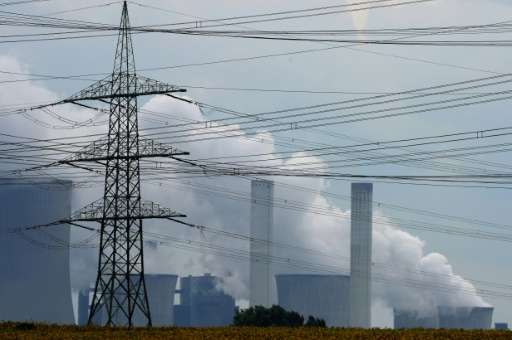Germany and Luxembourg must cut emissions by 40 percent over 2005 levels under new targets set by the EU
The European Union on Wednesday unveiled national targets for cutting greenhouse gases by 2030, placing the burden on richer northern countries to help meet the bloc's UN goal.
The plans for the 28 EU member states put the onus on Sweden, Luxembourg, Finland, Denmark, Germany, Britain, France and Austria as the bloc seeks to meet its commitment to cut emissions by 40 percent over 1990 levels.
The EU set the 2030 target as its overall pledge in the UN's climate agreement, reached in Paris last December. Its members must now agree on how this burden is shared out.
"The national binding targets we are proposing are fair, flexible and realistic," EU Climate Commissioner Miguel Arias Canete said in a statement.
"They set the right incentives to unleash investments in sectors like transport, agriculture, buildings and waste management."
Under the targets, which are based on economic growth, powerhouse Germany and tiny Luxembourg must cut emissions by 40 percent over 2005 levels, while Finland and Denmark must cut emissions by 39 percent.
Britain—which has voted to leave the EU—and France are asked to cut emissions by 37 percent while Netherlands and Austria should cut by 36 percent, according to the numbers released by the European Commission, the EU executive.
But the system allows for flexibility. Member states can reduce emissions jointly across a range of sectors and over time.
© 2016 AFP






















